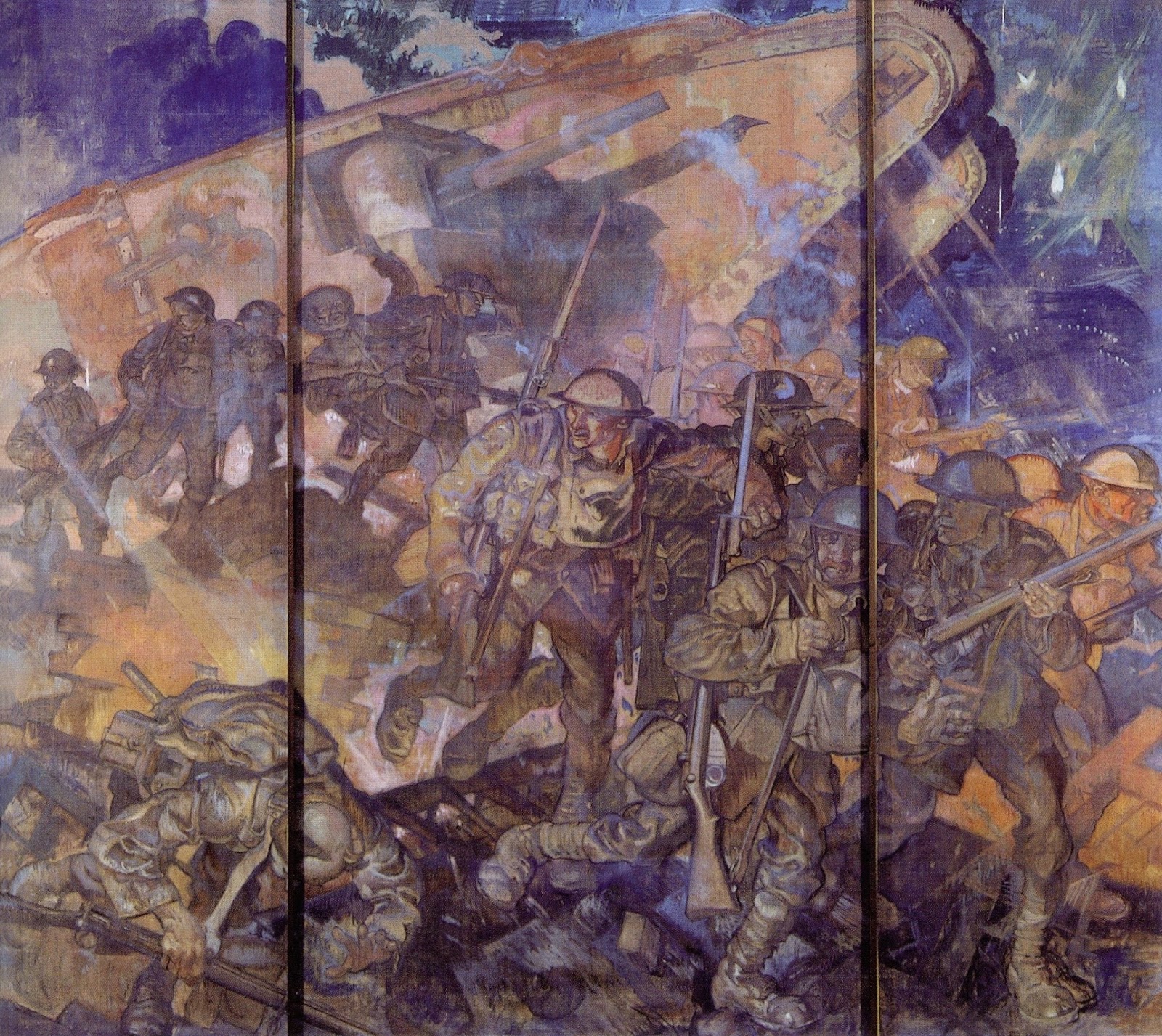On average, my timing regarding want-to-see art exhibits in places I'm visiting is usually bad. That should be expected, because the majority of art museum exhibitions don't interest me, which means that I'm unlikely to get to see the few I'd like if my travel dates are random relative to exhibition schedules. What frustrates me most is when I miss a must-see exhibit by only a few days or weeks.
That said, my luck was good in July because the morning after I arrived in Paris, the Musée d'Orsay's Pierre Bonnard
exhibition (17 March - 19 July 2015 -- "Pierre Bonnard: Painting Arcadia") was starting its final day. (American Bonnard admirers will have the chance to visit a version of it at San Francisco's Legion of Honor from 6 February to 15 May 2016.)
I'm not actually a big fan of Pierre Bonnard (1867-1947) -- Wikipedia entry
here. I don't dislike his work, but don't love it either. But I was pleased to be able to view so many Bonnard paintings at one time.
There were many, many items in room after room. Some were from the d'Orsay's collection, but others came from as far afield as Toledo, Ohio and Moscow's Pushkin.
Below are some examples of Bonnard's work, a few of which were in the display.
Gallery
Poster - 1891
This poster helped launch Bonnard's career. He did other commercial work, much of it related to books and publications such as Thadée Natanson's La Revue blanche.
Femme avec chien - 1891
Peignoir - 1892
Misia avec roses - 1908
Musician and muse to many artists, Misia, at the time of this portrait called Misia Edwards (she was previously married to Natanson and later married Spanish painter José-Maria Sert).
Nu à contre-jour - 1908
This well-known painting was in the exhibition.
La loge - 1908
Commentary on the people portrayed in the painting found here on the d'Orsay web page:
Dans leur loge à l'Opéra de Paris, sujet "moderne" que la fin du XIXe siècle a mis à l'honneur, sont représentés Gaston [Bernheim, the art dealer], debout au centre, avec, à sa droite, sa belle-soeur Mathilde, à sa gauche, son épouse Suzanne, et à l'arrière-plan, son frère aîné, Josse.
Google translation:
"In their box at the Opera of Paris, about "modern" as the late nineteenth century honored are represented Gaston, standing center, to his right, his brother's wife Mathilde, to his left, his wife Suzanne, and background, his elder brother, Josse."
Place Clichy - 1912
The square as seen from a brasserie.
Salle à manger à la campagne - 1913
A scene combining an interior, still life, plein-air and a portrait.
La Palme - 1926
Bonnard later spent much of his time on the Côte d'Azur.
Because there were so many paintings on display and my time was somewhat limited, I'll offer only the following impression Bonnard's work made on me. His painting style is usually patchy, with many small, uneven brush strokes. He often places "warm" and "cool" colors close together using such strokes to cover an area. This sometimes is in the form of opposite, "vibrating" colors such as some Impressionists applied. More often, the colors are closer on the color wheel, but tending towards warm and cool directions.




















































